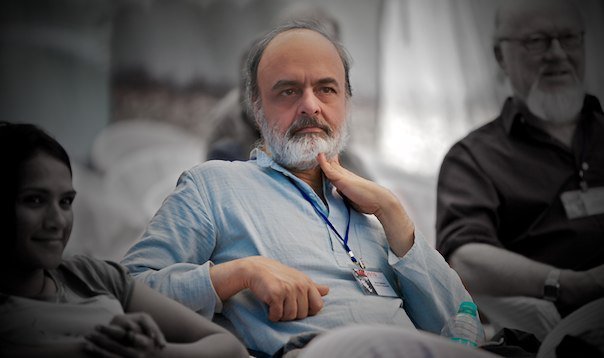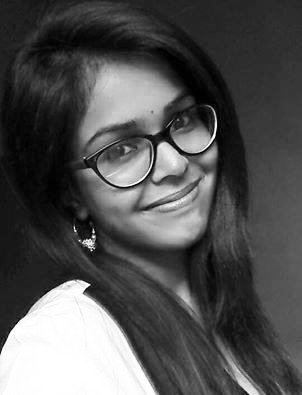
Meet Arun Mehta, Who Made It Possible For Deaf And Visually Impaired To Read And Send SMS
27 Jan 2017 12:47 PM GMT
Editor : Koshika Mira Saxena Mira Saxena
Writer, social worker, book addict, love kids and cooking. Believes in spreading smiles.
Imagine going through a busy day without legs or hands. Picture a life without the ability to see, walk or embrace those who love you. Even imagining an hour with the disability is difficult for us. There are many people who have fought such adversities with courage, and there are also many who fight for such people.
One such person is Arun Mehta, an IIT Alumnus and a professor whose efforts made it possible for the deaf and blind people to read and send SMS.
The Logical Indian had a conversation with Mr Arun Mehta about his journey, inspiration and goals. Here are some snippets of the interview.
At the outset, congratulations on your success. Your journey has been very eventful, what inspired you?
Thanks a lot! Everybody has an inspiration in life. In my case, it was Professor Stephen Hawking who visited India in 2001. His helpers interacted with many people and organisations who could help write a software programme to help differently abled people communicate. The software was to be specially designed for Professor Hawking who was facing problems with the equipment he was using at the time. It was a challenge, but I decided to take it. While developing the technology for him, I realised how important this technology is in the lives of disabled people. It was at this point that I decided to quit my career in a software company and start my NGO BAPSI to make this technology available to people for as less cost as possible.
There are people suffering from a vast range of disabilities. Why did you decide to work for visual and hearing impaired?
There are people with a single disability while there are people with multiple disabilities. People with multiple disabilities like autism were ostracised in the society. In one of the international conferences which was also attended by physically challenged people, we discussed the attendance and realised that deaf and blind people did not attend the meeting. The technology available at that time was not available to everyone. People did not have complete access to it. To put Braille in software would probably cost around Rs 1.5 lakh. This was not affordable to people. So instead of braille, we used Morse code, which would vibrate and it was easy for people to operate.
How does this work?
People who are blind or deaf have strong senses. So we developed an app called Pocket SMS. Initially, it would work on the qwerty keys cellphone, like the blackberry ones. Then gradually we have developed a lot of apps that are available on app stores. When the message is received, the user has to tap the screen, and the message plays out in Morse code with dashes and dots which are communicated in the form of vibrations. It was developed by Anmol Anand, an intern at our NGO.
What were the challenges you faced while working towards this goal? How did you overcome them?
There were many problems. Many visually impaired people could read and write whereas many were illiterate. We divided them into three categories- deaf and blind but literate, people who are deaf and have low vision, people who are deaf and blind and illiterate. To work for the third category was the biggest challenge. But with perseverance, we were able to develop the apps. And with the help of these, all the categories of people can receive messages and communicate a little more easily.
Where do we access the apps?
Our apps are available on the play store. Anyone can have access to it. Apps like Tell my phone, skid, slate have made it possible for visually impaired people to read and send messages. Slate is an app which enables users to move fingers across the screen to sense the message written on it. This app also allows the phone to get into sense mode with a mere tap on the screen. It vibrates and allows the user to read the message when the fingers touch the coloured text, and it does not vibrate when it brushes against background screen. Another app is Skid which is developed for children with cognitive disabilities like dyslexia, and autism. It helps them to read, and play games.
The other app, Tell my phone was developed to assist visually impaired people. It allows them to speak out loud to display their message in large fonts.
This is great work. Any parting message for our readers?
Everyone and everything should be accessible to the differently abled people around us. Let us build an inclusive environment in our society. And let us also learn how to transform our limitations into strengths and change the world.
 All section
All section
















